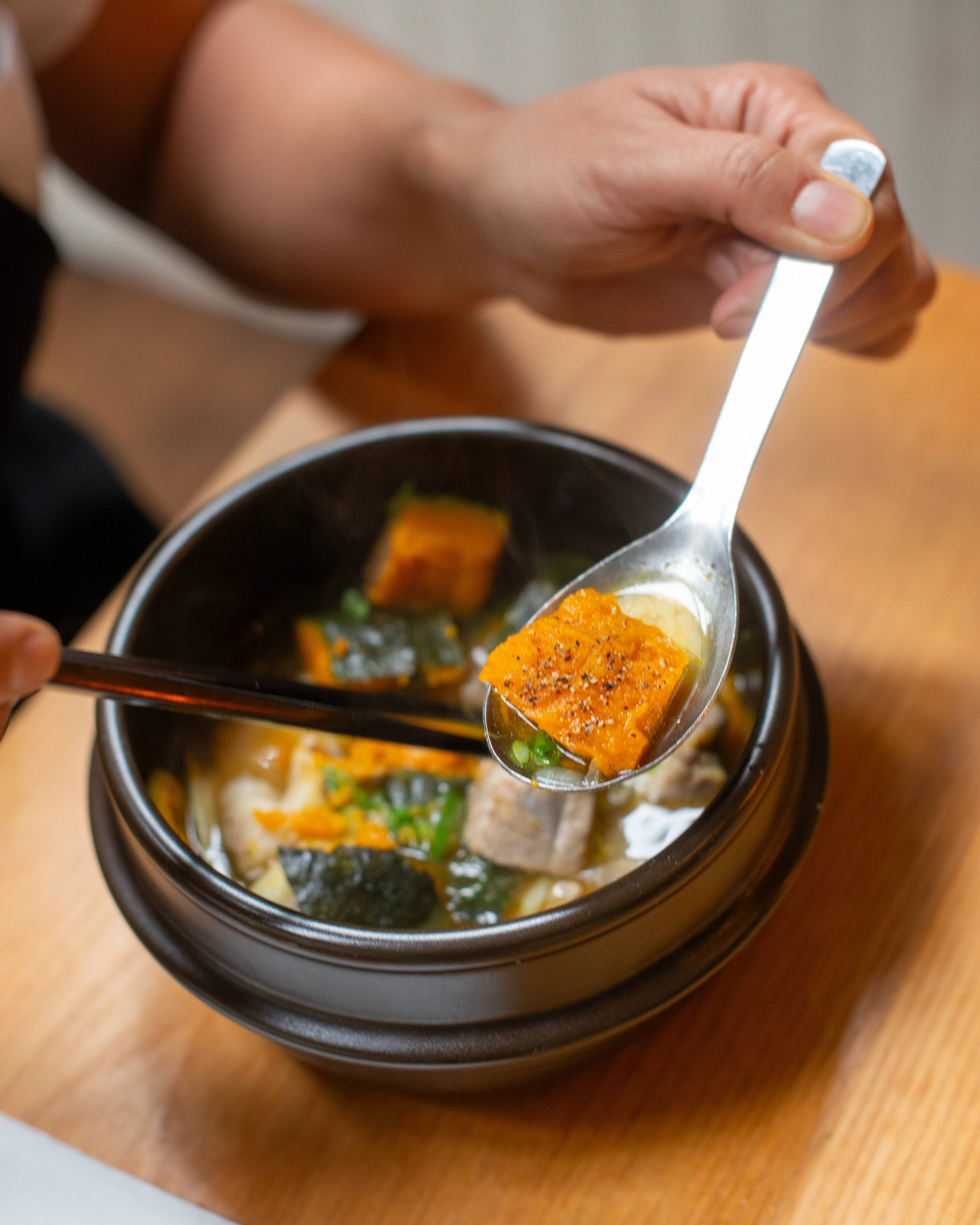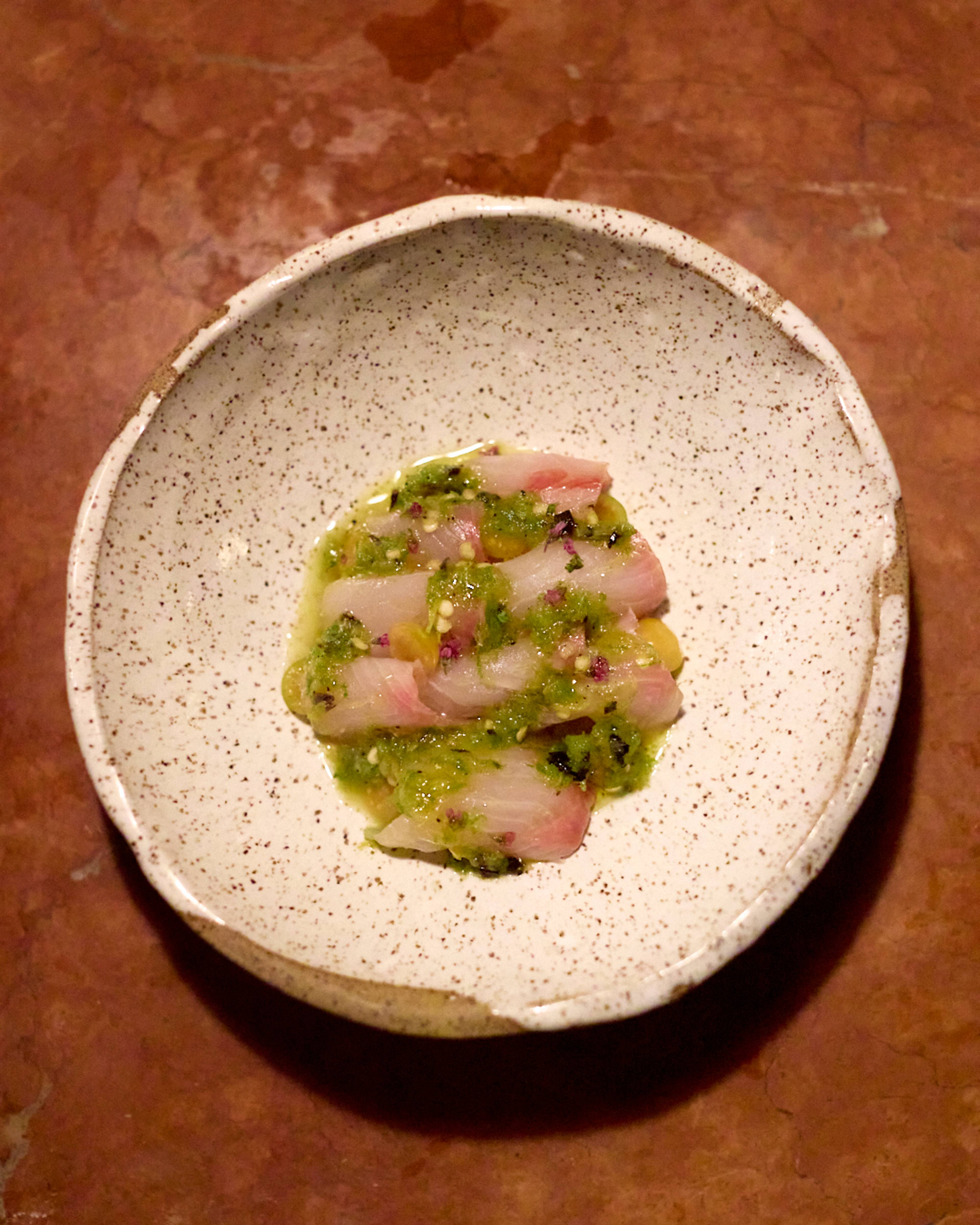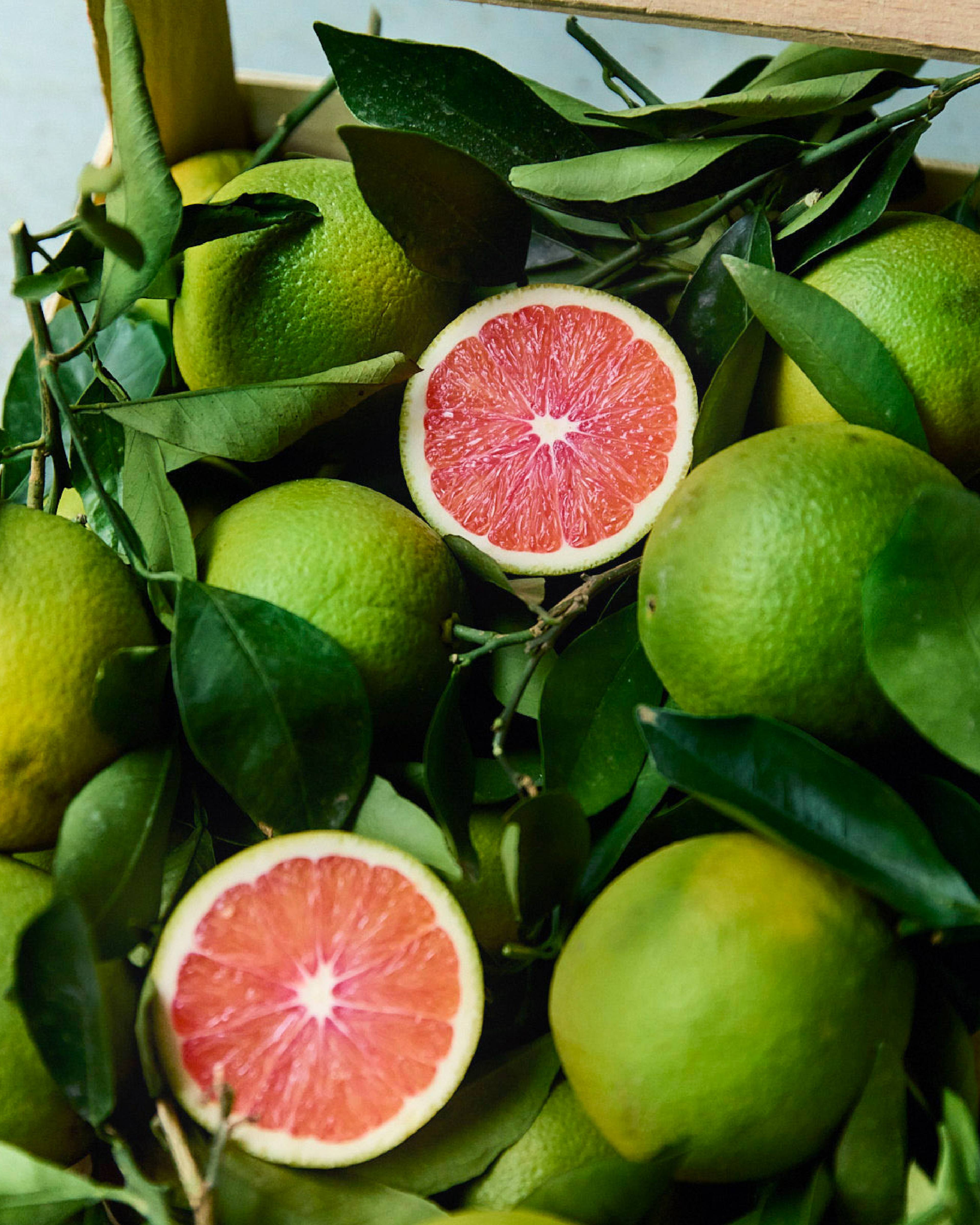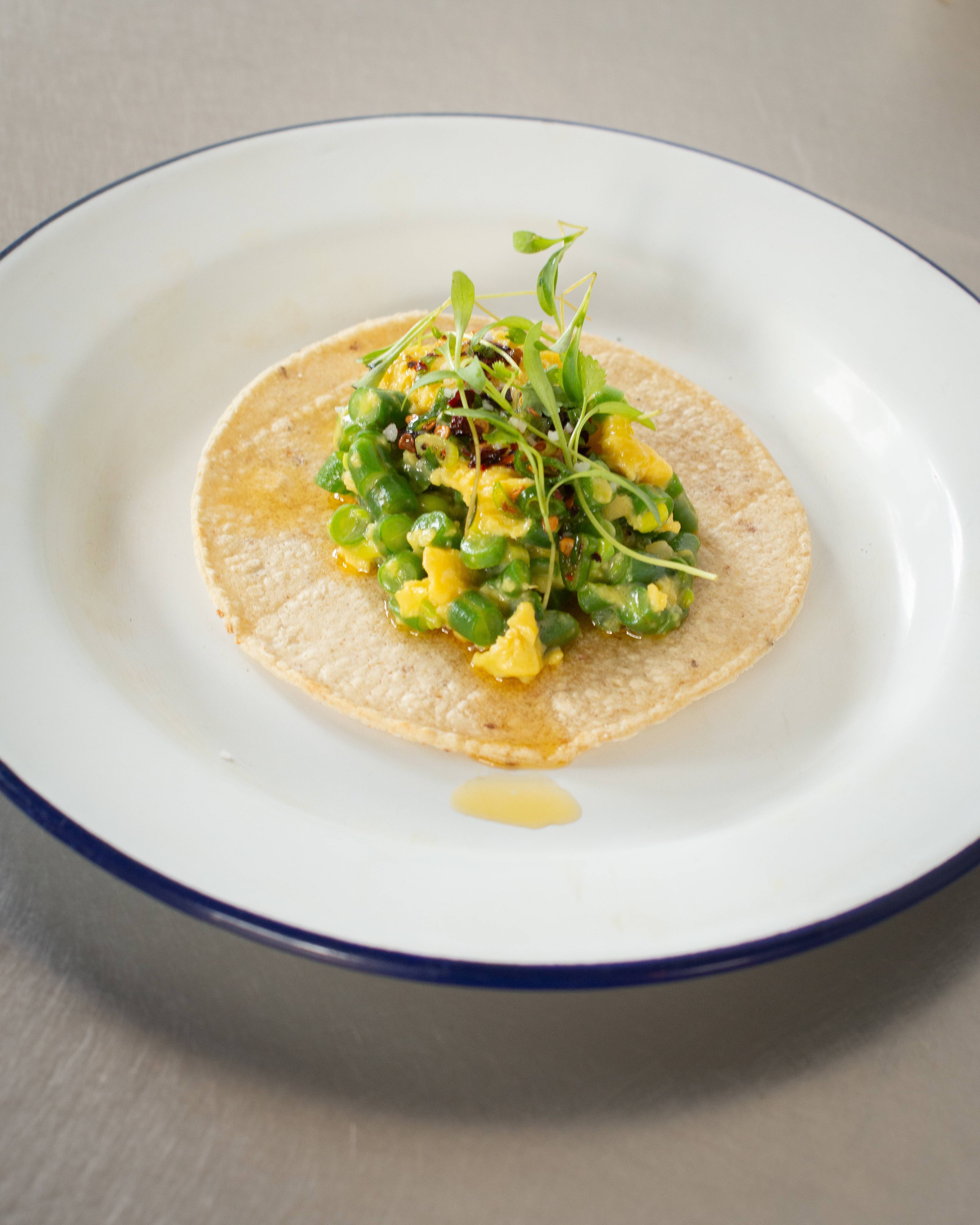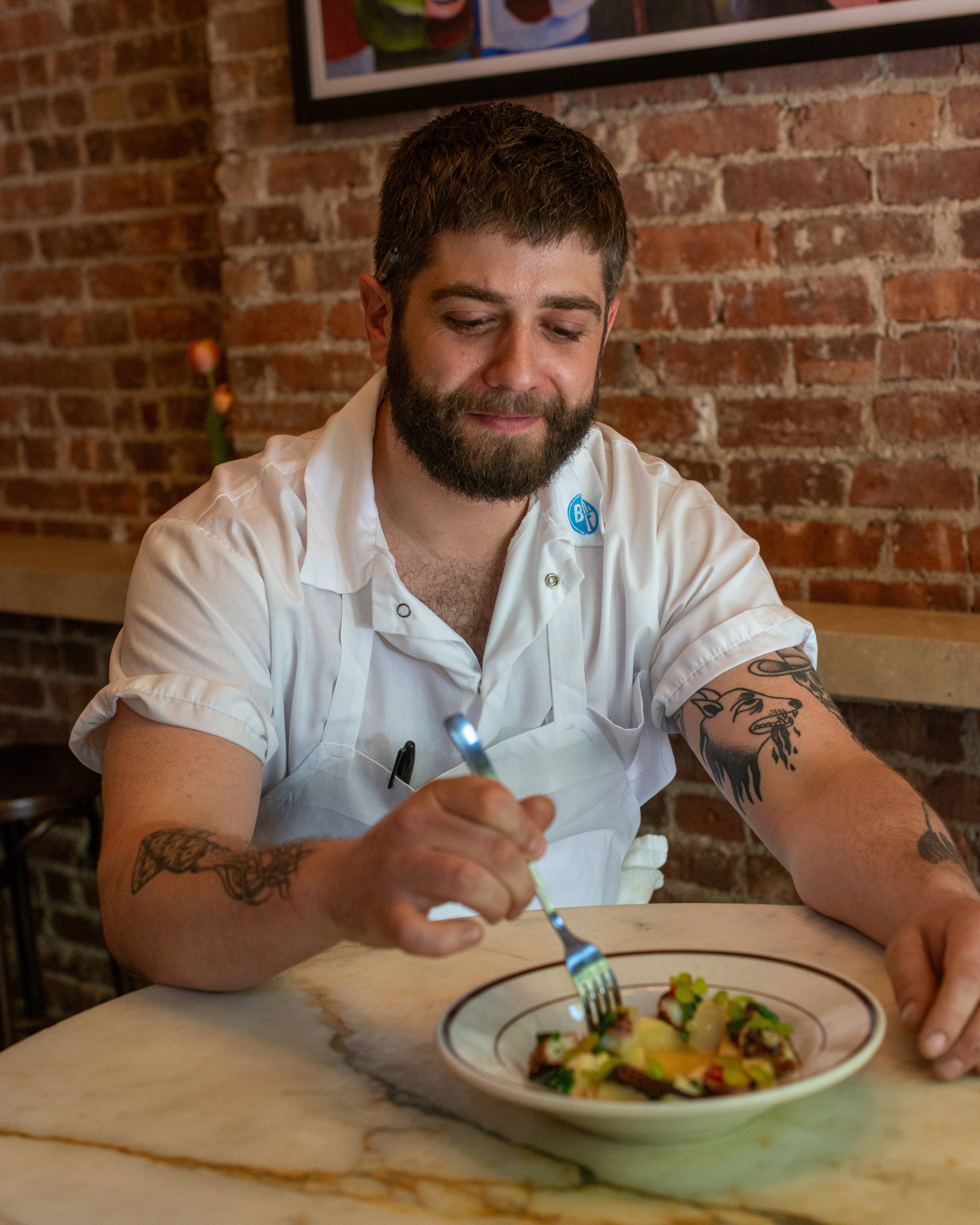KIM ON COMING OF AGE WITH MELBOURNE'S FOOD SCENE

We’ve switched up hemispheres to bring our food system revolution to a whole new continent. Natoora has arrived in Melbourne, Australia. This wouldn’t have happened without Kim Driver.
Kim has grown up in these farms, markets and kitchens. First he sourced citrus for cafes and bars with his dad, then built on the strength of his relationships with growers, traders and chefs to forge his own business: Northside Fruit & Vegetables. Now at the helm of Natoora Melbourne, Kim is driving forward a mission that’s been embedded in him since he made those first trips to Mildura to pick up oranges at the age of six: connect the best producers with the best chefs.
We talk to Kim about his people-centric, ego-less approach to sourcing, and what we can expect in the years to come. Discover how his coming-of-age story is uniquely mirrored in the evolution of Melbourne’s food scene.
Q. What was your first sourcing trip?
A: My first food memories were going to Mildura — the center of Victoria’s Food Bowl and a major producer of citrus fruits — with my dad to pick up oranges from this great farmer, Evan. We’d bring them back and deliver them to Melbourne's cafes. This was the early 90s, so cafes were just getting popular and freshly squeezed orange juice was a ‘thing’.
I’d have been about six. It was a 7-hour drive [from Melbourne], spent in an old, flatbed, uncomfortable truck to pick up just a pallet or two.
Q: What did life at the market look like in the late 1990s?
A: Pretty soon dad’s business evolved. It wasn’t just oranges from Mildura; we’d go and get other produce from the Footscray Market and sell it to the cafes, then restaurants too. At weekends and during the school holidays I’d go into the market and help him. I was young: 7, 8, 9, 10… my whole childhood really.
I got to know the growers at the market and they’d pay me to do odd jobs, like picking spinach leaves off the stems (no baby spinach back then). There’d be 10 bunches of spinach in a box, and I’d get a dollar a box. I’d smash it out, leaving with up to 20 bucks some days.
By the time I was 12, I’d start finishing school and riding over to my dad’s warehouse and taking orders until 6pm. By 15, I was taking them until midnight on a Friday night. I worked at a fruit shop too in a local supermarket called Piedimonte’s. It’s owned by a very old, Italian fruit family, and they’d known me around the market as a kid. One day, the boss told me to come in. So I worked there from 14-17.
Q. How did work level-up when you went full time?
A: The day I finished high school I went out with my friends to celebrate and got home at 2am just as my dad was leaving the house in his van, which wasn’t starting. He asked me to help push start it. So I was pushing it down the street and as he got it going he shouted “quick, quick, jump in,” and when I jumped in he said, “right, I need you to start working full time for me now.” That was it. I started full-time the day I finished high school.
I worked with my dad for 10 years from that night. This is when I truly learned the business of providing. I would start between midnight and 2am processing orders, then go straight to Footscray Market to do the buying. Next, I’d head back and pick the orders for my delivery run, and deliver to all of the city customers, which included some of Melbourne’s most celebrated restaurants and chefs at this stage.
So, I grew up surrounded by fruit and veg and I loved it. I loved the product; I loved eating it, but mostly I loved the environment; the people around it; the producers; the people selling fruit and veg.
Q: What was the relationship between growers and provenance-led chefs like at the time?
A: In the 2000s the industry changed.
Footscray Market closed and reopened as the Epping Market on the outskirts of Melbourne. The smaller producers couldn’t afford the new rent, so they either retired, sold to bigger commercial farms or scaled back and only sold their produce through farmers' markets.
In restaurants, there was a shift too. The interest in agroecology that we’re seeing now wasn’t yet established, but chefs wanted to stand out and have produce that no one else had. Flavor was key. It was a very price-conscious market, but if they could get flavourful produce they were happy (as long as it was local). There was a restaurant called 100 Mile that was huge at the time, farm to plate was just getting recognized in Melbourne, and chefs were learning about Alice Waters.
There was a gap between what was available at the new wholesale market and a growing demand for provenance-led ingredients. I had chef friends calling me frustrated that they couldn’t get good produce and growers telling me they didn’t like going to the farmers’ market but were limited in what they could do.
In 2014 my dad’s business moved more into limes for bars and I started Northside Fruit & Vegetables.
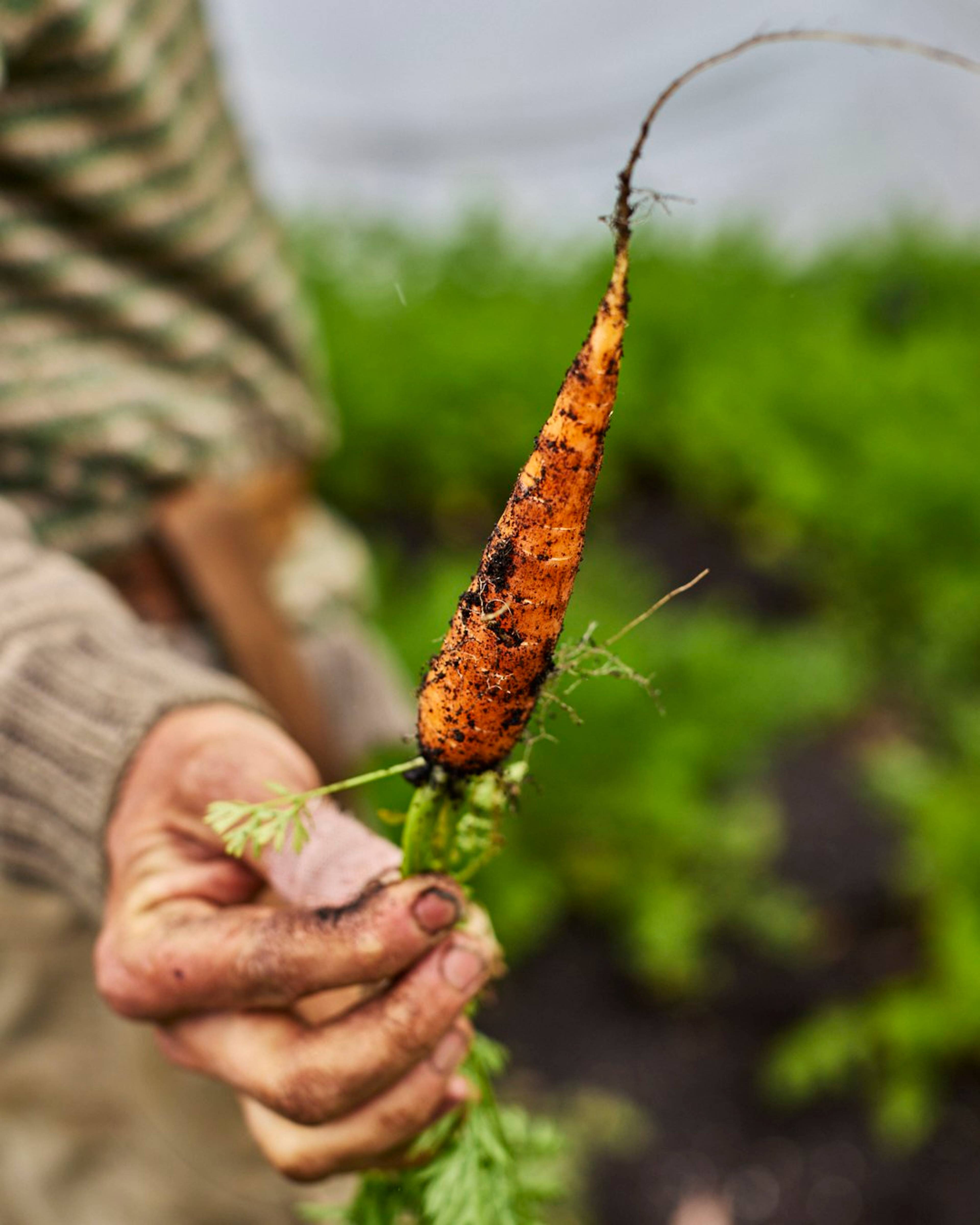

Q: You started Northside to fill the gap. What did those initial years look like?
A: I started Northside with my friend, Mikey, and it was back to the grind. I’d wake up at 10pm, take off the orders and meet Mikey in the market at midnight where we’d pick the produce we had orders for. We couldn’t buy ahead because we couldn’t afford the wastage. So, we’d pick what we needed, come back and pick the rest of the orders, do the first run, and do a second run for late orders or to fix up any mistakes.
Then I’d go out and get customers. I visited 30 restaurants a day for the first 4 years just trying to grow accounts. We reached 250 by the time I joined forces with Natoora. I was always trying to find the best producers and the best product. I didn’t care if it was 10 bunches of something or 200 — whatever it was, I’d take it and (because I was with chefs every day) create a market for it. Once chefs feel the quality of the product in their hands, they’re really happy about it.
The more I experienced, the more I wanted to move away from the market and focus on connecting the best chefs with the best producers. Plus, I was learning more about food systems, sustainability and our changing climate. We were in the middle of Covid and the weather in Australia was crazy: first bushfires, then floods when it was supposed to be summer.
I knew that I had to point my business in the right direction and that in focusing on flavor, I was already achieving this (the most flavourful produce is grown in a sustainable way). With Northside, I was already working directly with a minimum of 80 producers throughout the year, but I realized that if I wanted to achieve my goals, I would have to surround myself with people who have the same vision for change as I do, whilst maintaining my passion for the product itself. That’s where Natoora stepped in.
Q: What are your plans for the future with Natoora now that you have greater capacity and resources?
A: We’re very lucky here. We’ve got some catching up to do because we are such a young country, compared to France and Italy where knowledge has been passed down generations, but what we do have is a country that’s focused on producing. We import very little and export a lot. It’s very rare that we’ll have beef from another country. I hadn’t eaten fruit and vegetables from outside of Australia until I was a teenager when year-round demand for tomatoes, lemons, mangoes, garlic and shallots meant we started importing produce.
The country has so many great producers all over the place. Far North Queensland, tropical fruit is a big one. Tasmania is a huge one for us. But also the Northern Territory is fantastic and we get limited supplies from there. Now, with Natoora, we will be able to reach them.
I’ve always wanted to create a business that is ego-less at its core. My vision has always been to work with and connect the best producers with the best chefs to improve our food system. Now I feel I can do that.
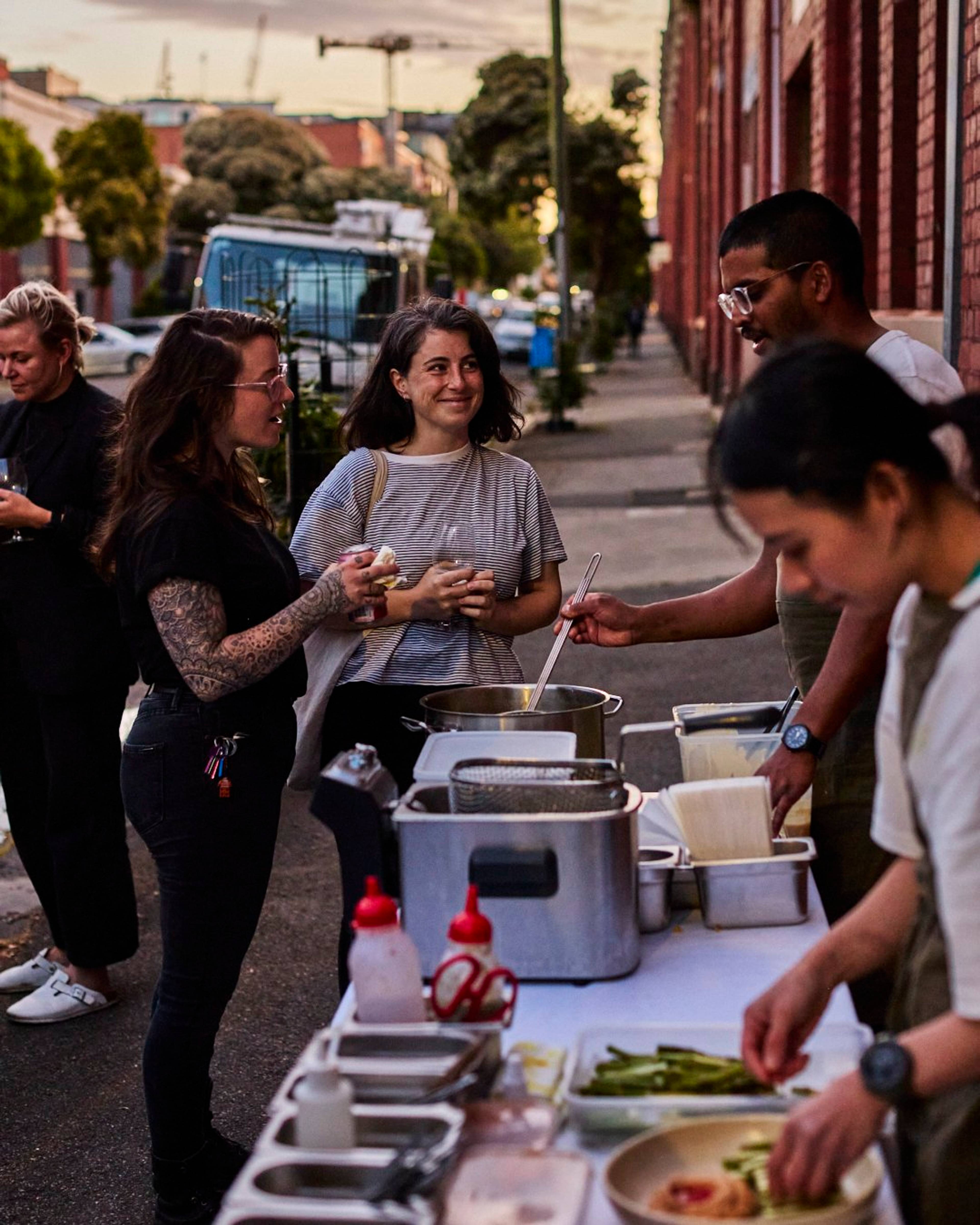
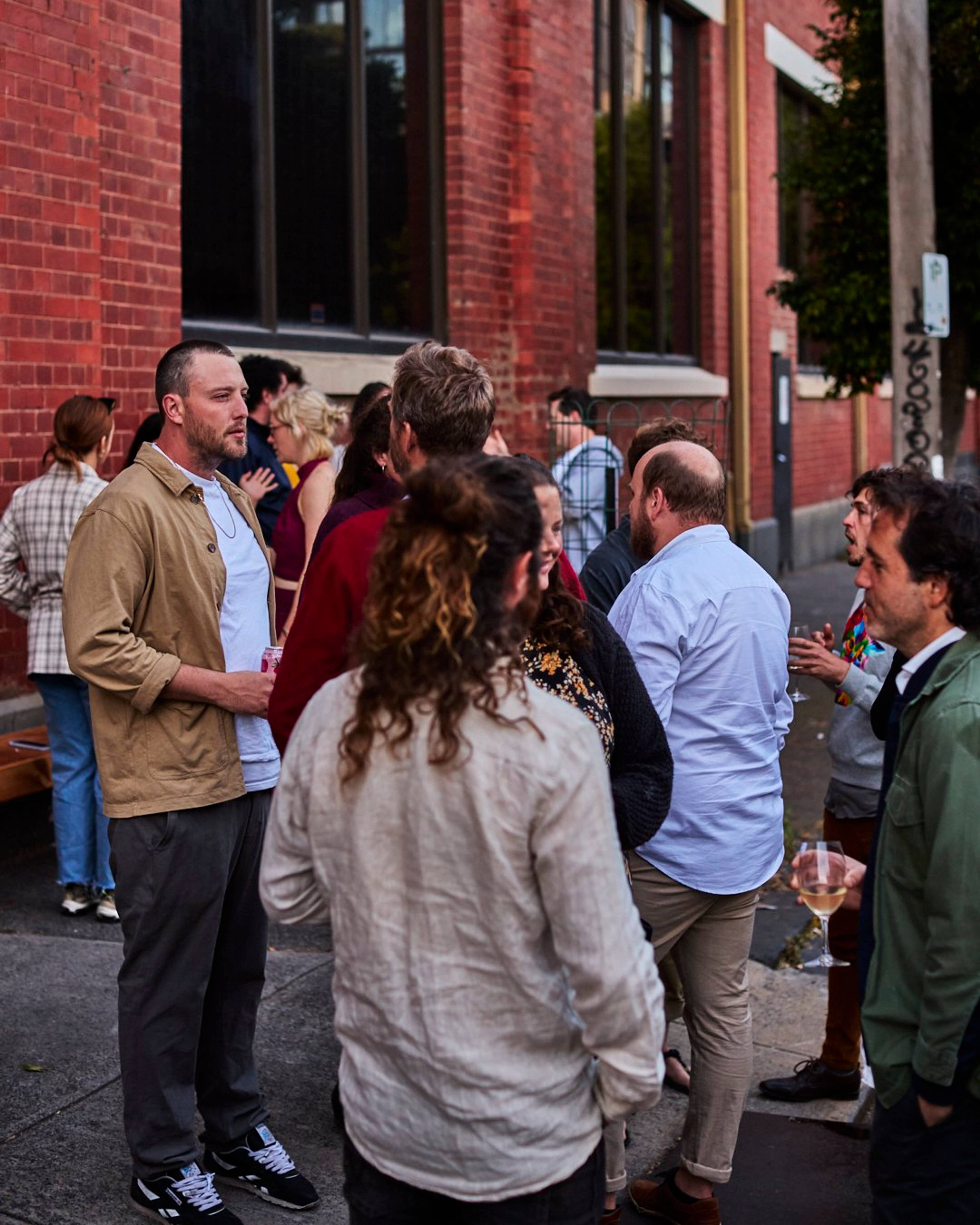
Stories
See allWe exist to fix the food system.
People are more cut off from the origins of their food than ever. This makes flavor, nutrition and farming practices that protect the planet, almost impossible to find.
By working directly with growers, we create a more sustainable way forward for farming. By giving everyone the tools to understand the power of our food choices, we empower everybody to become drivers of change.
Now is the time for action. Join the food system revolution.

Go beyond four seasons
Each fruit and vegetable has its own season, with subtle shifts which happen every day. Follow their microseasons to unlock flavor at every stage.
WHAT’S IN SEASON?

Know where your food comes from
We know the name of the person behind everything we source. Recognize their growing artistry to find out exactly where your food comes from (and why that matters).
MEET THE GROWERS

Make your diet diverse
Our growers work with varieties chosen for quality and nutrition, not yield. By selecting their crops you keep heritage seeds in play, add to ecosystem biodiversity and preserve unique flavors.
GO #OFFTHEPASS
United States
© 2025 Natoora Ltd.
